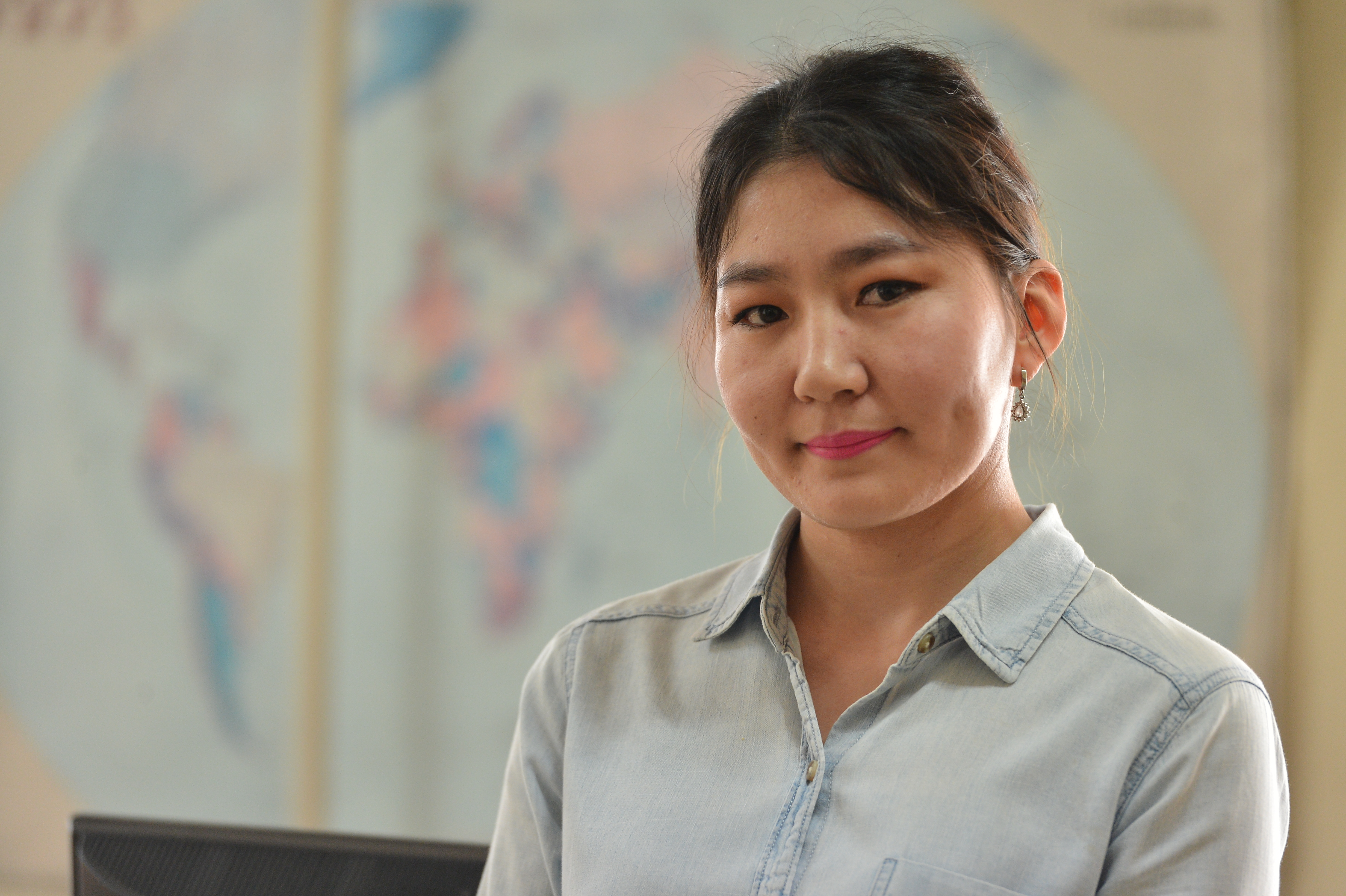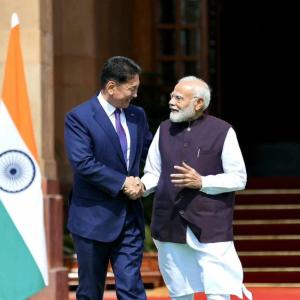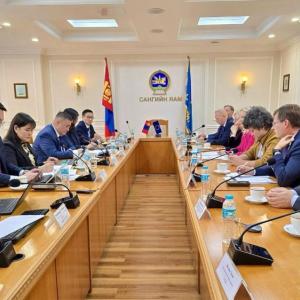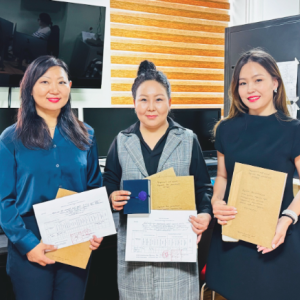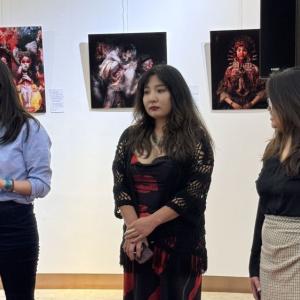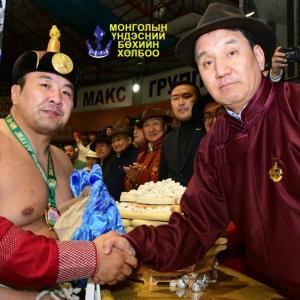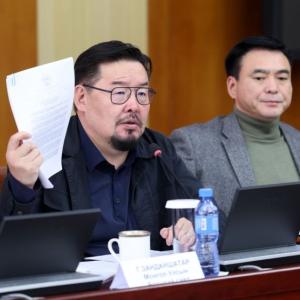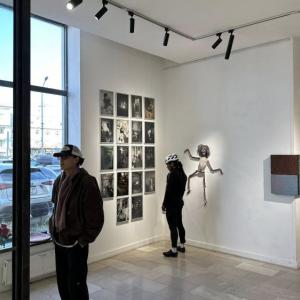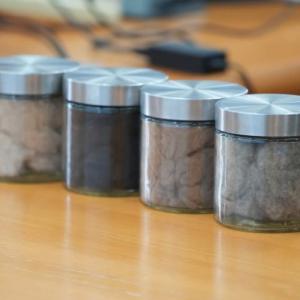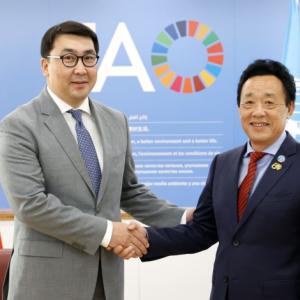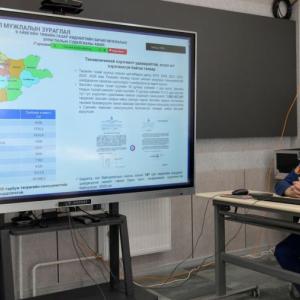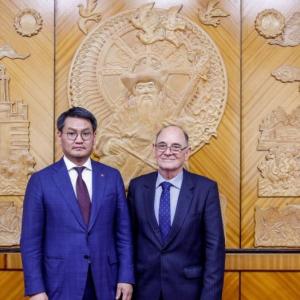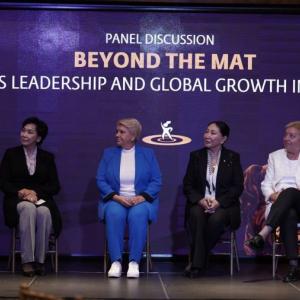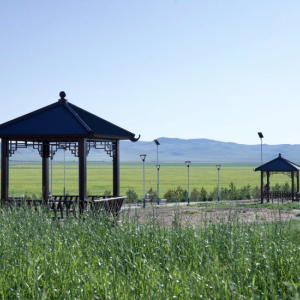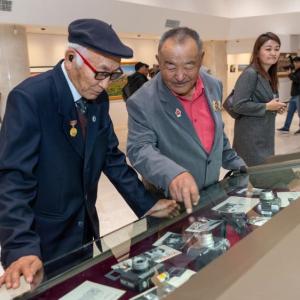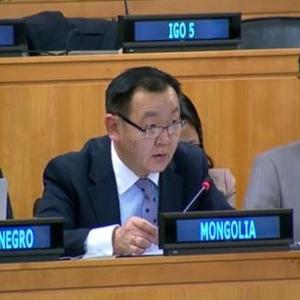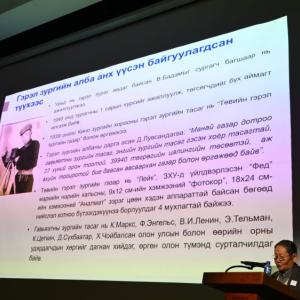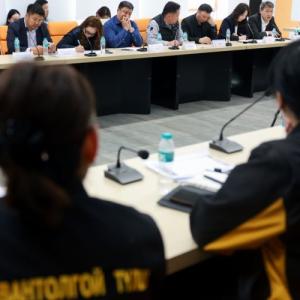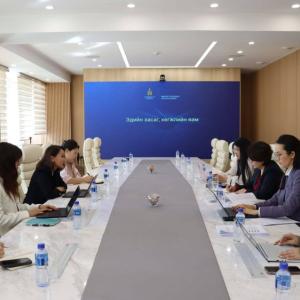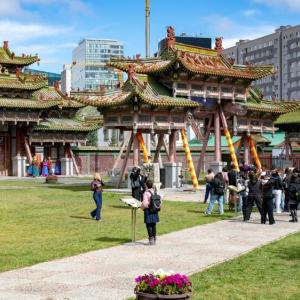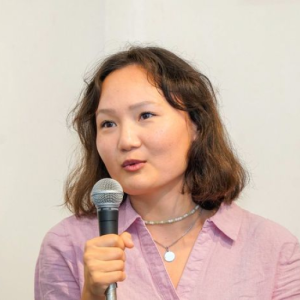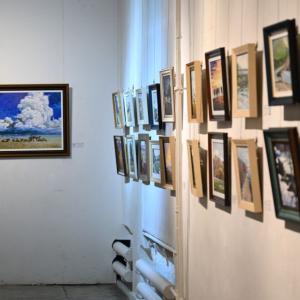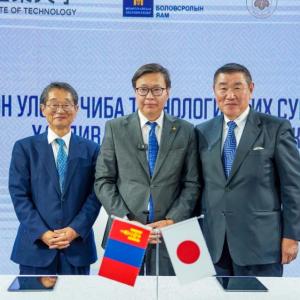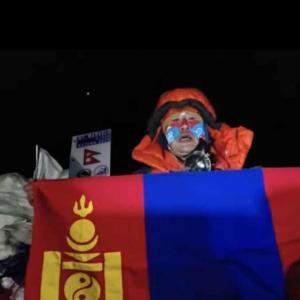Scholars underline necessity of wide use of national script
Society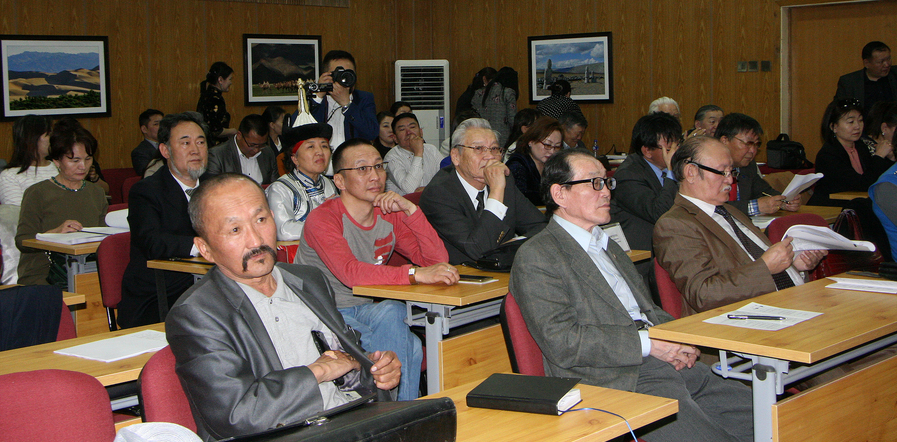
Ulaanbaatar /MONTSAME/ A scientific conference themed ‘National Language and Script, Heritage and Usage’ was held in frame of series of events dedicated to ‘National Language and Script Day-2018’ on May 1 at the Mongolian National Modern Art Gallery.
Law on Mongolian Language has provisions stating the use of national script, its teachings and passing it down to younger generation. “It is inadequate that Mongolian script is being used only in official foreign relations. We have to attach attention on using national script nationwide,” said State Honored Teacher, Ph.D. Ts.Unurbayan.
Over ten scholars and scientists delivered presentations at the conference, co-organized by the Ministry of Education, Culture, Science and Sports, Department of Culture and Arts, the Institute of Language and Literature of the Mongolian Academy of Sciences (MAS) and 'Bichig Soyol' education center.
Academician, Ph.D.D.Tumurtogoo pointed out in his presentation entitled ‘Mongolian Square (Durvuljin) Script and its Remains’ that the VIII-IX century Mongolian literary language formed and based on dialects had much difference from oral language in XIII-XIV century. For that reason, it tended to have a new script which is close to their oral language. Although a square script created by Pagva Lama was used for over 100 years, it is an invaluable source for Mongolian study as literary monuments written in square script contains structure and system of Mongolian language as well as state policy and laws of Yuan Dynasty and teachings of Buddhism.”
The Khuis Tolgoi Inscription is the oldest known example of the Mongolian language, emphasized Ph.D.O.Sambuudorj from the Institute of Language and Literature of the MAS in his presentation ‘Remains of ancient Mongolian language-the Khuis Tolgoi Inscription’. “This monument dates back to over 600 years, which means older than Chinggis Khaan’s Stone Script. It becomes an evidence to confirm Mongolian ancient history in relation with language and culture.”
B.Batchimeg
 Ulaanbaatar
Ulaanbaatar











